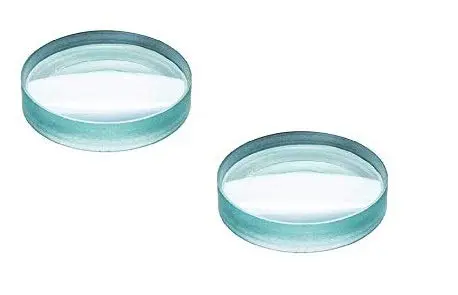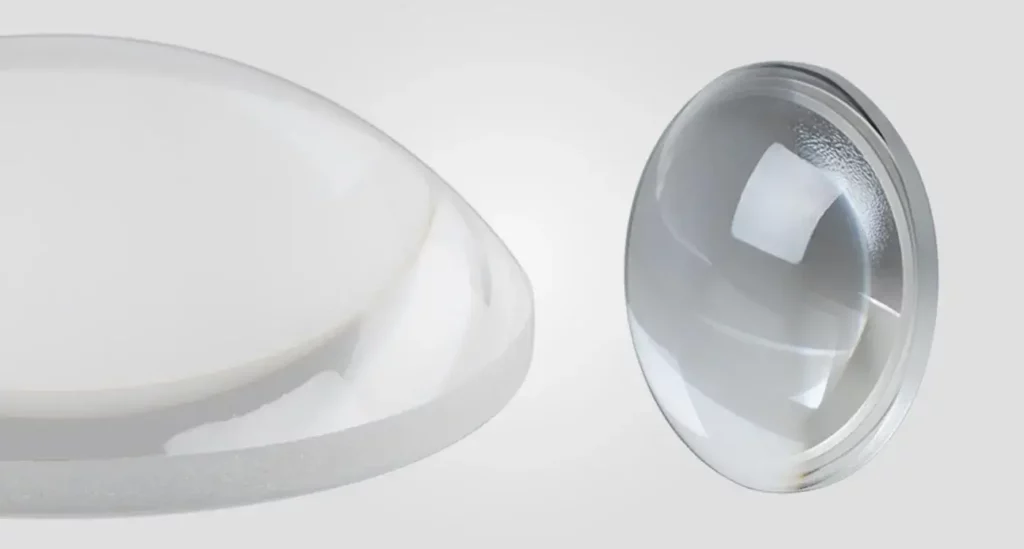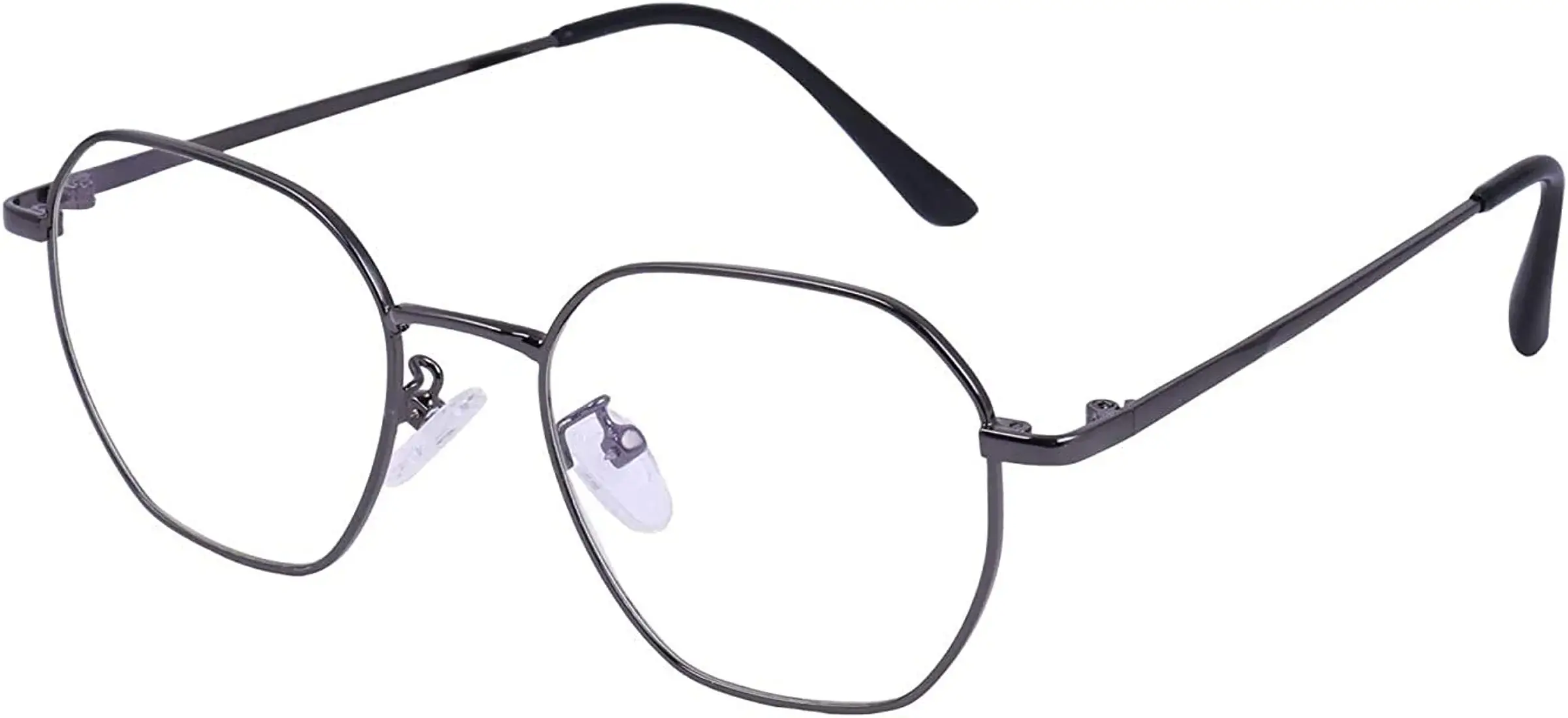The primary difference between concave and convex lenses is that concave lenses are thinner at the center and thicker at the edges. Whereas, convex lenses are thicker at the center and thinner at the edges. The other significant difference is that concave lenses are called diverging lenses. Whereas, convex lenses are called converging lenses.
Lenses are essential optical components that we use in various applications, such as cameras, telescopes, eyeglasses, microscopes, scientific instruments, etc. They come in two primary types: concave and convex lenses. Both types have distinct characteristics and functions based on their shapes and optical properties.
In this article, I am going to outline some of the most important distinctions between these two types of lenses in a tabular form that will help you understand their unique features and applications. So without wasting any more time, let’s dive right in…!!!
Concave Lens vs Convex Lens
| Concave Lens | Convex Lens | |
| 1. | A concave lens is thinner at the center and thicker at the edges. | A convex lens is thicker at the center and thinner at the edges. |
| 2. | Curvature is in the inward direction. | Curvature is in the outward direction. |
| 3. | The focal length is negative. | The focal length is positive. |
| 4. | A concave lens diverges light rays. | A convex lens converges light rays. |
| 5. | Magnification is always reduced. | Can be magnified or reduced. |
| 6. | The focal point is in front of the lens. | The focal point is behind the lens. |
| 7. | The concave lens has real focus. | The Convex lens has a virtual focus. |
| 8. | The image formed in a concave lens is virtual and reduced. | The image formed in a convex lens is real and inverted. |
| 9. | It has a wider field of view. | It has a narrow field of view. |
| 10. | Uses of concave lenses include correcting myopia, peepholes, security systems, etc. | Uses of convex lenses include correcting hyperopia, camera lenses, telescopes, etc. |
What are Concave Lenses?

Concave lenses, also known as diverging lenses, are thinner at the center and thicker at the edges. These types of lenses cause light rays to spread out, diverging as they pass through, resulting in a virtual image that appears smaller and upright. These lenses are used to correct nearsightedness (myopia) by helping focus light onto the retina properly.
Additionally, they find applications in various optical devices, like cameras and projectors, to modify light paths and create specific visual effects. Concave lenses are essential components in modern optics, with their diverging properties playing a crucial role in vision correction and image manipulation.
Properties of Concave Lenses
Some of the properties of concave lenses are as follows:
- Concave lenses diverge light
- Negative Focal Length
- Magnification is always reduced
- Concave lenses have a real focus
- Virtual and reduced image, etc.
Uses of Concave Lenses
Some of the uses of concave lenses are as follows:
- Myopia Correction
- Peepholes
- Security Systems
- Flashlight
- Laser, etc.
What are Convex Lenses?

Convex lenses, also known as converging lenses, are thicker at the center and thinner at the edges. These lenses are basically transparent optical devices with curved surfaces that bulge outward in the middle. These lenses converge light rays that pass through them, bringing them together at a focal point.
Convex lenses are used in various applications, such as cameras, eyeglasses, and telescopes, to focus light and create magnified clearer images. They possess positive focal lengths, and their ability to bend light makes them valuable tools in many optical systems and everyday devices.
Properties of Convex Lenses
Some of the properties of convex lenses are as follows:
- Convex lenses converge light
- Positive focal length
- Can be magnified or reduced
- Convex lenses have virtual focus
- Real and inverted images, etc.
Uses of Convex Lenses
Some of the uses of convex lenses are as follows:
- Hyperopia Correction
- Magnifying Glasses
- Projectors
- Telescopes
- Photography, etc.
That’s it for this post. If you like this article, share it if you like, like it if you share it. You can also find us on Mix, Twitter, Pinterest, and Facebook. Hey man, If you have come this far, do give us feedback in the comment section. It would make my day. You can also make a donation. Your donations will help us to run our website and serve you BETTER. Cheers!!!
You might also like:
- Difference between Real and Virtual Images with Examples
- Difference Between Concave and Convex Mirrors in Tabular Form
- Applications & Uses of Concave Mirror in Daily Life
- Applications and Uses of Convex Mirror in Daily Life
- 6 Practical Applications of Total Internal Reflection in Daily Life
- 6 Fascinating Absorption of Light Examples: A Comprehensive Guide
